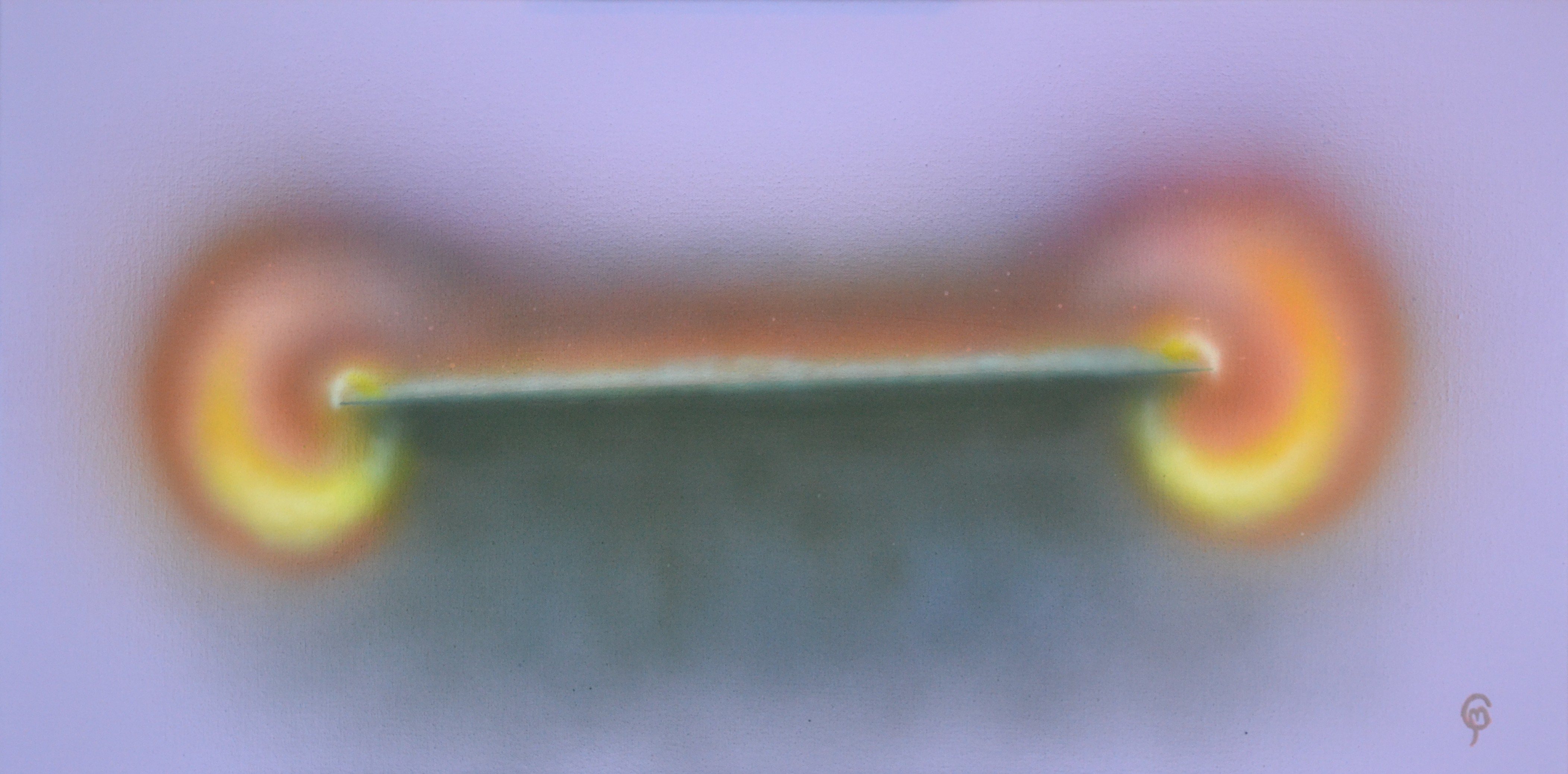
A vortex is a pattern of fluid motion where elements orbit around a central axis in such a way that the tangential component of their velocity is inversely proportional to their radial distance from the center. Since angular momentum is always conserved, the pattern persists ad nauseum in an ideal fluid.
To also conserve linear momentum of the whole pattern, it must include a central force (centripetal force) to turn the fluid elements’ paths (streamlines) into closed orbits – trapping them into the pattern. This is generally provided by variations of pressure with the hydrostatic pressure lowest at the center and higher farther out.
Thus, the whole pattern moves at constant linear velocity in accordance with Newton’s First Law (conservation of linear momentum), while individual elements move within the pattern in accordance to conservation of angular momentum. In this way, vortices are generally the most persistent of possible patterns of fluid motion.